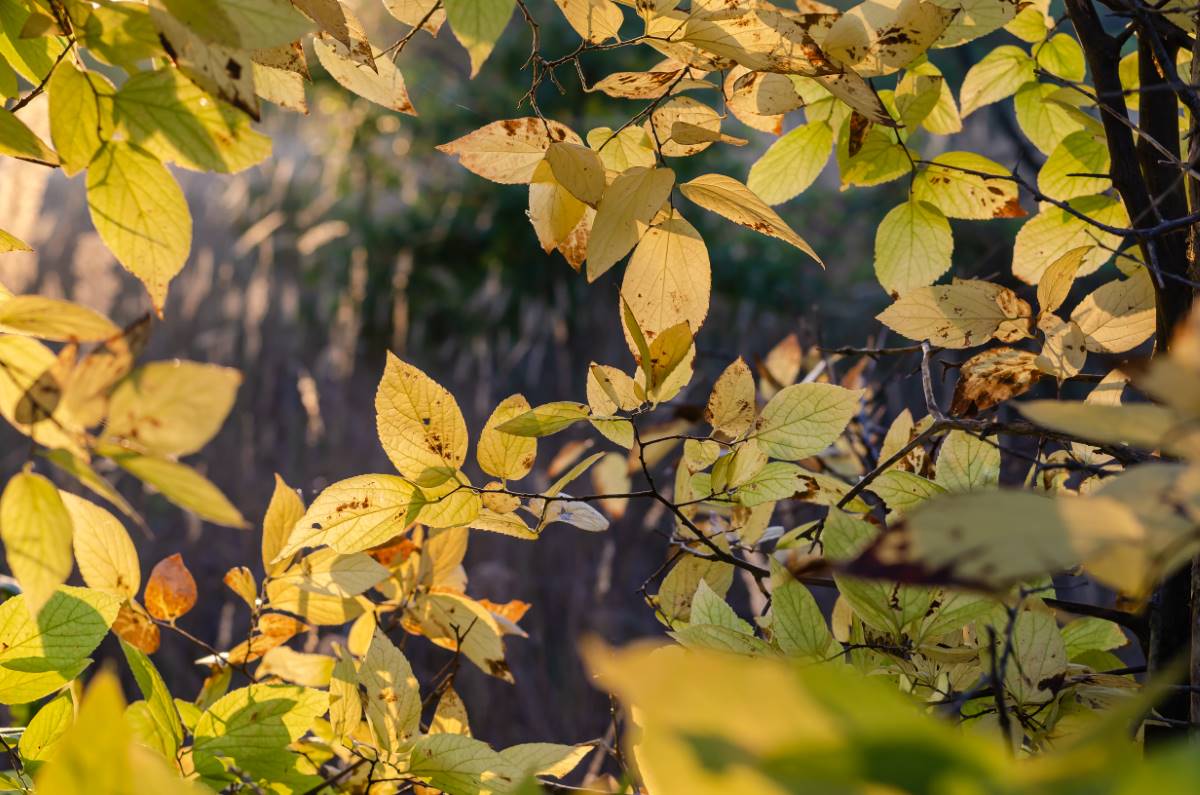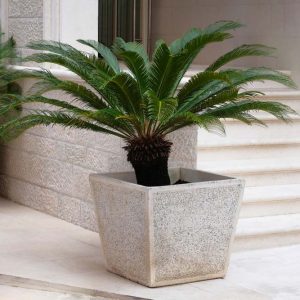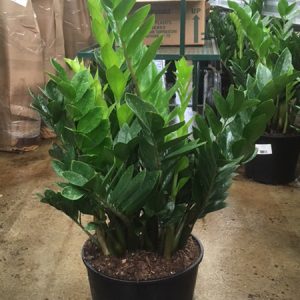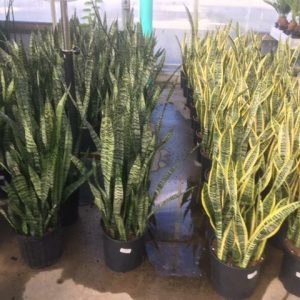Description
Celtis – Hackberry – Nettle Tree –
There are about 100 species of vigorous, deciduous and evergreen trees and shrub, in this genus. They occur in temperate and tropical regions in both hemispheres, usually in woodlands, on rocky slopes, or on riverbanks. Hackberries are grown for their form, habit and foliage, which often colors well in autumn. They have smooth or slightly rough bark. They have oval, alternate and usually toothed leaves with pointed tips. The small green, unisexual flowers are borne in spring, male flowers are held in cluster at the base of twigs, while females are held singly or in 2’s or threes from the leaf axils and followed in autumn by small, spherical, fleshy berries, which ripen to black or dark brown and attract birds. Use hackberries as lawn specimen or in a woodland garden. They grow best in continental climates with hot summer, in cool, maritime climate they often form small, multi stemmed trees.
In warm climates, grow in deep, fertile, moist but well drained soil in sun or partial shade. In cooler areas, hackberries thrive in dry soils and need a warm site in full sun.
Prone to powdery mildew, downy mildew, mushroom root rot, fungal root rot, leaf spots, hackberry psyllid leaf gall, hackberry witches broom, eriophyid mites, and nematodes.
C. tenuifolia – Georgia Hackberry – This slow growing, deciduous, small rounded tree or large shrub from Southeastern and Mid west of the USA rarely reaches 30′ feet high. It produces lanceolate, 2″ long, and either smooth or lightly toothed edged leaves. The pea sized fruit is dark red.
Zones 5-9





